Imagine stepping into the heart of ancient Australia and coming face to face with a kangaroo the size of a grizzly bear—but instead of bouncing away on powerful hind legs, it lumbers through the scrubland, towering above the grass, moving with a slow, steady gait. It sounds like something out of a fever dream, but for thousands of years, this was reality. Welcome to the world where mega-kangaroos—giant marsupials that defied everything we know about their modern descendants—ruled the Outback. Forget everything you think you know about kangaroos; these prehistoric titans rewrote the rulebook, and their story is wilder than fiction.
The Forgotten Giants of the Pleistocene
Long before the familiar red kangaroo grazed the plains, Australia was home to a cast of mega-marsupials, the most striking of which was Procoptodon goliah. Weighing up to 240 kilograms and standing over two meters tall, Procoptodon was the undisputed heavyweight of its time. Its enormous size dwarfed today’s kangaroos, making it one of the largest hopping mammals ever—except, evidence suggests, it didn’t hop at all. These giants roamed the continent between 2 million and 40,000 years ago, sharing space with other megafauna like Diprotodon, the wombat the size of a car, and the marsupial lion Thylacoleo.
What Made Mega-Kangaroos Unique?
Unlike their modern cousins, mega-kangaroos didn’t sport long, springy tendons in their legs. Instead, they had shorter, sturdier bones, built less for bouncing and more for shuffling. Their feet were broad and flat, with a single large toe—almost camel-like in appearance. This unusual anatomy points to a very different lifestyle. Instead of bounding away from danger, these animals likely plodded along, using their bulk to intimidate predators and reach for high foliage that smaller animals couldn’t access.
The Mystery of Non-Hopping Kangaroos
One of the most fascinating aspects of these ancient creatures is their apparent inability to hop. Most kangaroos today rely on a unique hopping motion for speed and efficiency, but the skeletal structure of Procoptodon suggests it walked upright, similar to a lumbering human. Scientists believe their massive weight made hopping impractical, so evolution gifted them with strong, pillar-like legs for walking. Imagine a kangaroo standing tall and taking slow, deliberate steps—an image both familiar and utterly alien.
How Do We Know They Didn’t Hop?
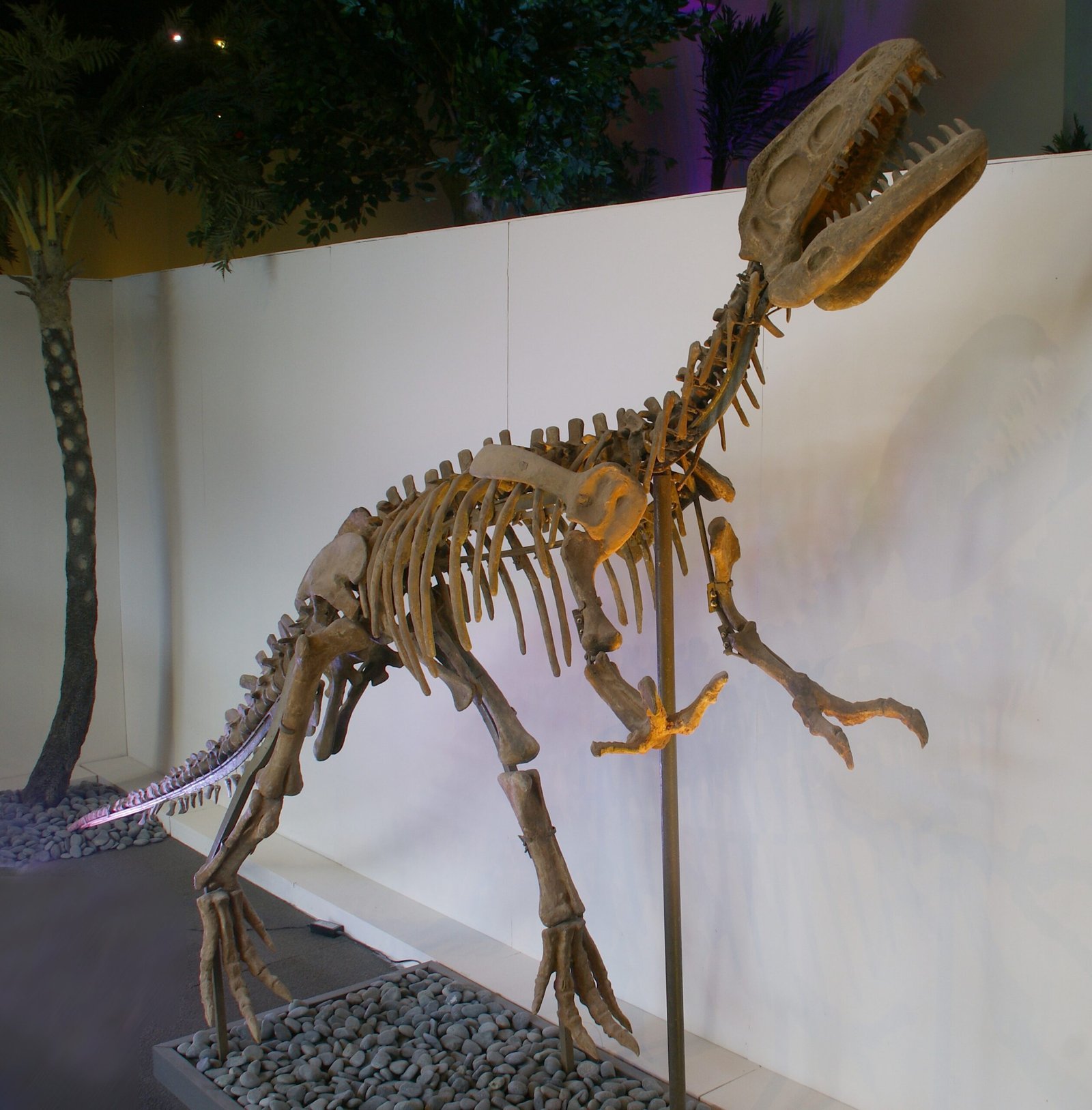
It’s natural to wonder how researchers can be so sure about the movement of animals that vanished tens of thousands of years ago. The answer lies in fossilized bones. The leg joints of mega-kangaroos are shaped differently from those of modern hoppers. They lack the elastic tendons needed for bouncing, and the structure of their pelvis and spine supports upright walking. Scientists have even reconstructed their muscles, revealing that their legs were more like columns than springs—perfect for bearing weight, but terrible for leaping.
Ancient Australia: A Land of Giants
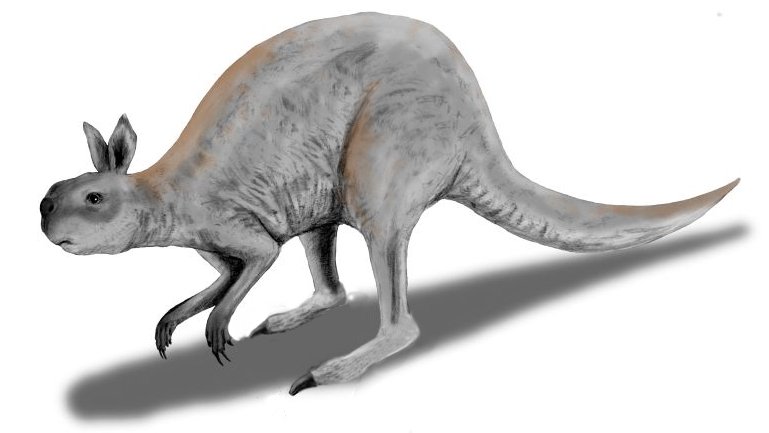
The Outback of the Pleistocene was nothing like the dry, red desert we see today. It was a land teeming with enormous creatures: thunder birds taller than a man, turtles the size of bathtubs, and crocodiles that made the modern saltie look like a toy. In this world, mega-kangaroos found their niche. They browsed on leaves, fruits, and tough shrubs, shaping the landscape and serving as a vital link in the food chain. Their presence even influenced the evolution of plants, some of which developed tough leaves to survive the attention of these hungry giants.
The Diet of the Mega-Kangaroo
Procoptodon’s mouth tells a story of adaptation. Its broad, flat teeth were perfect for grinding tough, fibrous plants. Unlike modern kangaroos, which prefer grass, these giants likely feasted on leaves and branches from trees and shrubs. Their powerful jaws could strip bark and snap twigs, allowing them to eat vegetation that would turn most animals away. This diet made them resilient in the face of changing climates, at least for a while.
Climate Change and the Fall of the Giants
As Australia’s climate shifted, so too did the fate of its megafauna. Around 40,000 years ago, the land began to dry out, and forests gave way to open grasslands. Food became scarcer for animals adapted to browsing on leafy plants. The arrival of the first humans may have added further stress, with increased hunting and the use of fire to manage land. The combination of environmental change and new predators spelled doom for the mega-kangaroos, pushing them towards extinction.
Discovering the Fossil Evidence
The bones of Procoptodon and other mega-marsupials have been unearthed from ancient lake beds, caves, and riverbanks across Australia. Some of the best-preserved fossils come from the Naracoorte Caves in South Australia and the Darling Downs in Queensland. Each discovery adds a piece to the puzzle, revealing not just the shape and size of these animals, but also clues about their behavior, diet, and even the environment they lived in.
How Did Mega-Kangaroos Shape Their World?
Mega-kangaroos weren’t just passive inhabitants of ancient Australia; they were ecosystem engineers. By feeding on shrubs and trees, they helped control plant growth, opening up spaces for other animals and maintaining the balance between forest and grassland. Their droppings fertilized the soil, and their movement carved paths across the landscape. When they disappeared, the ecosystem changed dramatically, paving the way for the world we see today.
Comparing Modern and Ancient Kangaroos
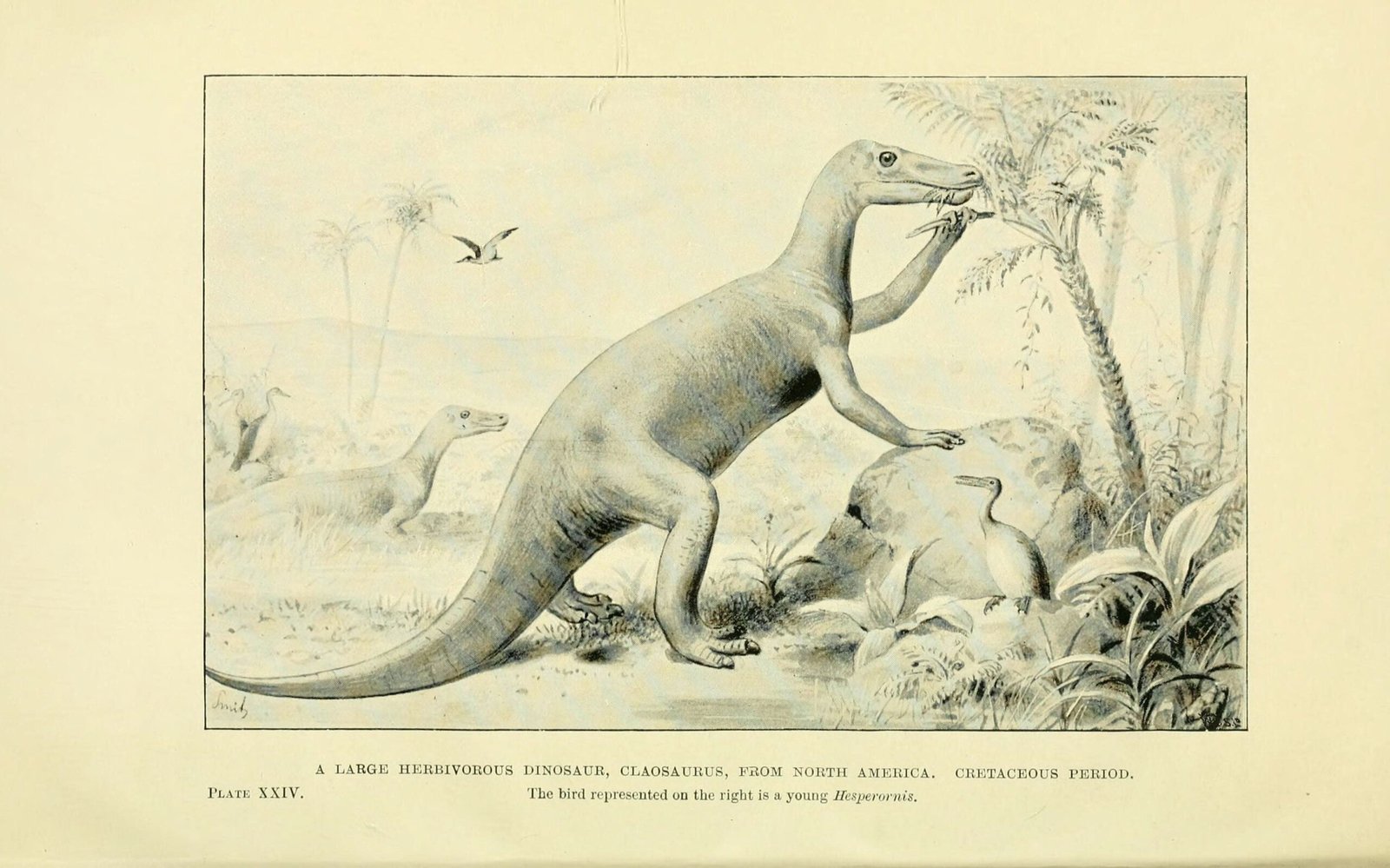
It’s almost poetic to compare the lithe, agile kangaroos of today with their hulking ancestors. Modern kangaroos are built for speed and endurance, able to outrun predators and travel long distances in search of food. Mega-kangaroos, on the other hand, were all about power and presence. Their slow, deliberate movements and upright gait made them seem almost regal—a far cry from the nervous, bounding animals we know now.
The Science of Paleo-Reconstruction
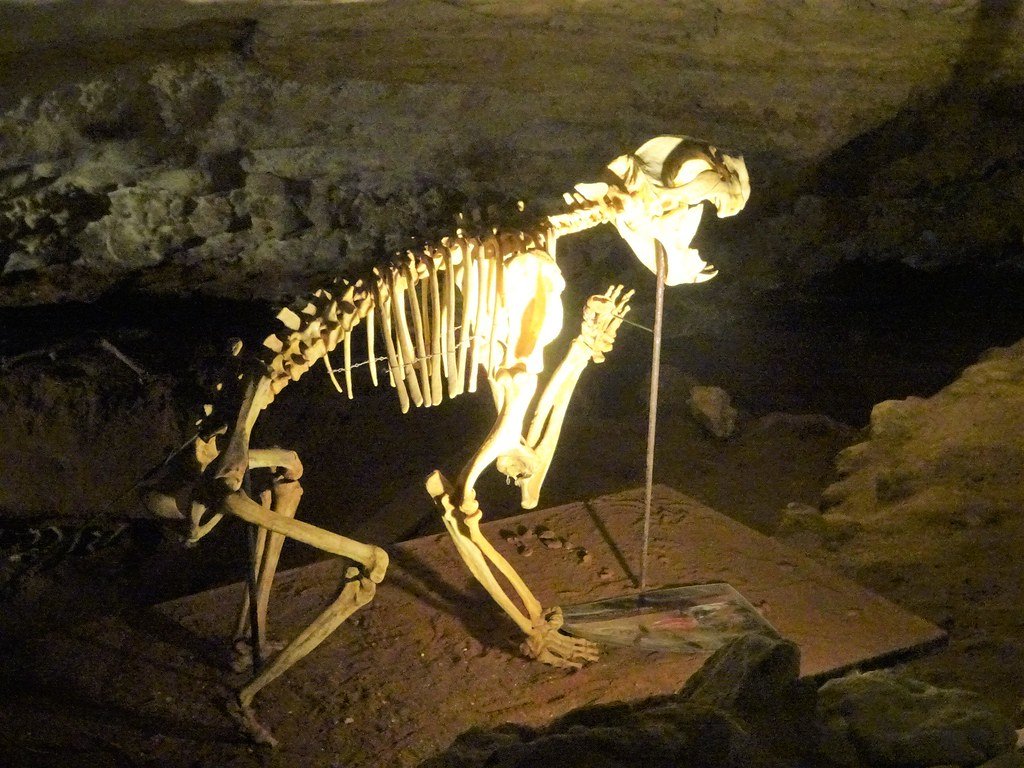
Reconstructing an extinct animal is a bit like assembling a jigsaw puzzle with half the pieces missing. Paleontologists use everything from bone morphology to chemical analysis of teeth to piece together the lives of mega-kangaroos. Sometimes, they even find preserved hair or skin, offering tantalizing glimpses of color and texture. Every fossil dig is a race against time and erosion, but each new find brings us closer to understanding these vanished creatures.
What If Mega-Kangaroos Survived?
It’s a delicious thought experiment: What would Australia look like if mega-kangaroos still roamed the Outback? Would they clash with livestock, or become tourist attractions like the pandas of China? Perhaps Australian culture would be filled with stories and art inspired by these living giants. Their survival would have shaped everything from the landscape to the identity of the continent itself.
Legends and Lore: Did Early Humans Meet Mega-Kangaroos?
Aboriginal Australians have lived on the continent for tens of thousands of years, and some legends tell of giant kangaroo-like creatures roaming the land. While it’s impossible to prove a direct connection, it’s tempting to imagine that early humans encountered these beasts, hunted them, and wove their memory into myth. Rock art and oral histories provide tantalizing hints but leave the story tantalizingly incomplete.
Why Don’t We See Mega-Kangaroos Today?

Extinction is a harsh reality of evolution. As the climate changed and human activity increased, the delicate balance that allowed mega-kangaroos to thrive was lost. Without enough food, and facing new threats, the giants faded away. Their disappearance is a sobering reminder that even the mightiest creatures can fall when conditions change too quickly for them to adapt.
The Legacy of the Mega-Kangaroo
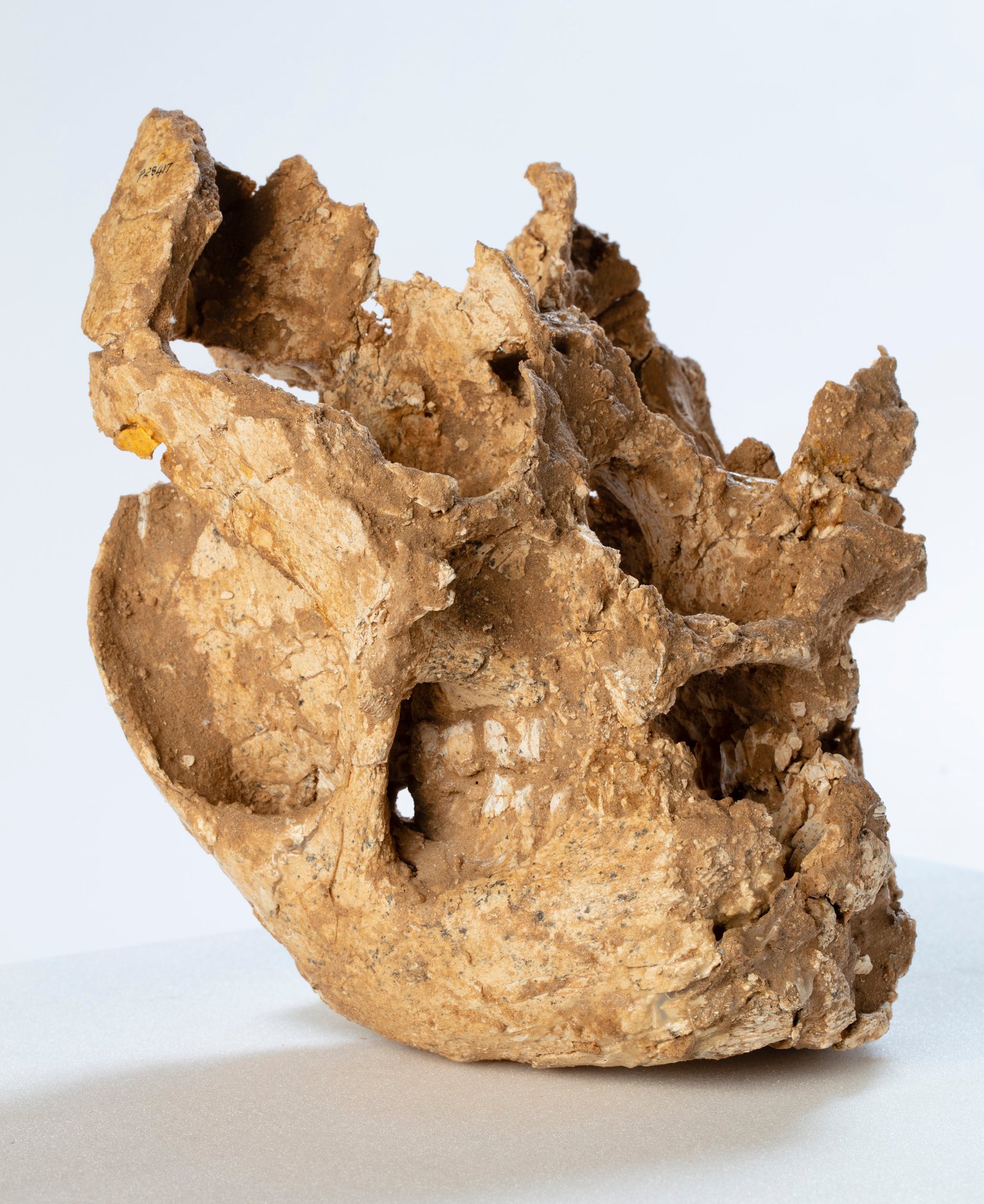
Although Procoptodon and its relatives are gone, their legacy endures in the bones scattered across the Outback and the genes of modern kangaroos. Scientists continue to study their remains, using new technologies like DNA analysis and 3D scanning to unlock secrets hidden for millennia. Each new discovery deepens our appreciation for the complexity and resilience of life on Earth.
What Can We Learn from Their Extinction?
The story of the mega-kangaroos is more than a tale of lost giants—it’s a lesson in the fragility of ecosystems. Climate change, habitat loss, and the arrival of new species can have devastating consequences, even for the most formidable animals. By studying their downfall, we gain insights into how to protect today’s wildlife from a similar fate.
How Do Modern Kangaroos Compare in Size and Behavior?
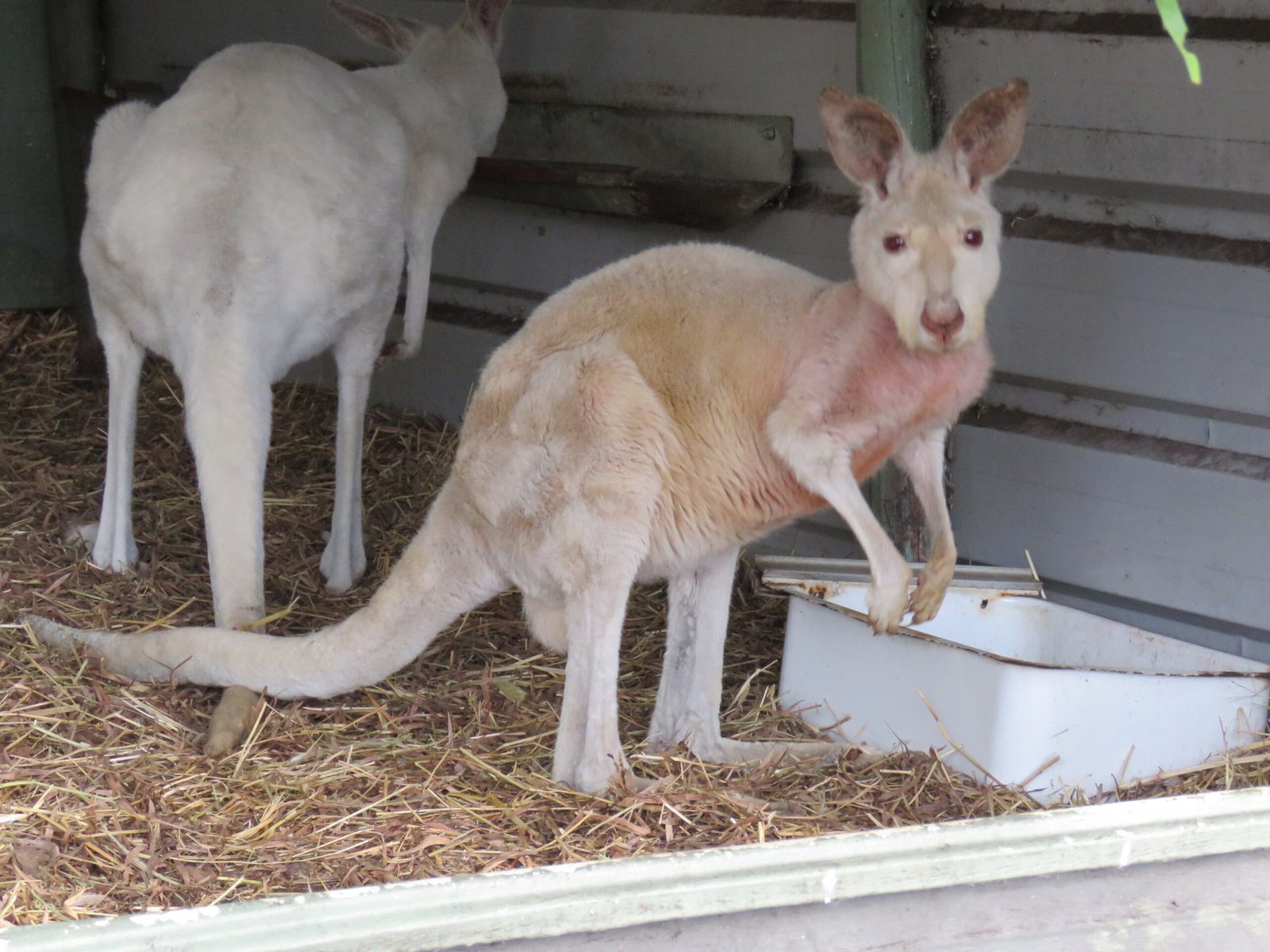
The largest kangaroo today, the red kangaroo, can reach up to two meters in height but is nowhere near as heavy as Procoptodon. Modern kangaroos are famous for their hopping, a trait that gives them incredible efficiency over long distances. They are social, adaptable, and have learned to coexist with humans—traits that may have helped them survive where their giant cousins could not.
Uncovering New Fossils: What Lies Beneath?

Australia’s ancient soils still hold secrets. Every year, paleontologists uncover new fossils that challenge our understanding of the past. Sometimes, a single bone can rewrite an entire chapter of evolutionary history. The thrill of discovery keeps scientists and enthusiasts searching, driven by the hope that the next dig will reveal something truly extraordinary.
The Enduring Fascination with Ancient Giants
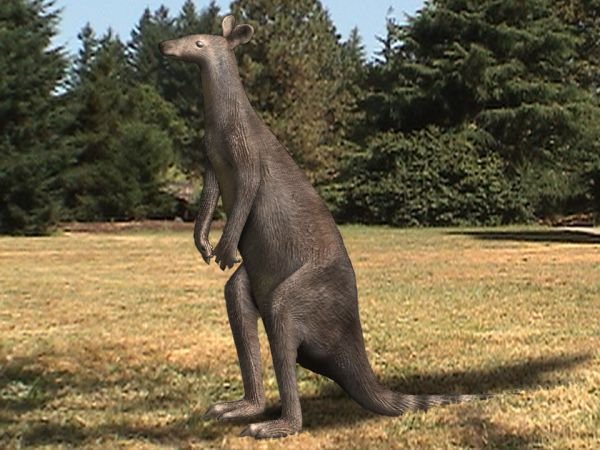
There’s something irresistibly captivating about the idea of giant kangaroos roaming a primeval landscape. Perhaps it’s the shock of seeing a familiar animal transformed into something so strange and powerful. Or maybe it’s the reminder that the world is full of mysteries, even in places we think we know well. The story of the mega-kangaroo sparks imagination and wonder, urging us to look at the natural world with fresh eyes.
Why the Mega-Kangaroo Still Matters
The tale of the non-hopping mega-kangaroo is more than a footnote in natural history. It’s a testament to the power of evolution and the unpredictability of change. Their bones remind us that giants once walked among us, shaping the world in ways we are only beginning to understand. As we face a future of rapid environmental change, their story offers both a warning and a source of inspiration, asking us to imagine what could be lost—and what might still be discovered.


